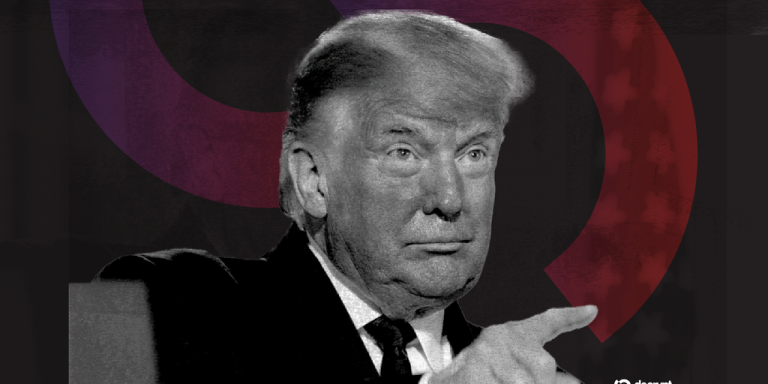
Mindfulness Practices for Stress Relief: Finding Inner Peace
Mindfulness practices have been shown to be an effective way to reduce stress and improve mental well-being. By incorporating mindfulness into your daily routine, you can learn to calm your mind and find inner peace. In this article, we will explore the benefits of mindfulness for stress relief and provide tips on how to get started with a mindfulness practice.
What is Mindfulness?
Mindfulness is the practice of being present in the moment, paying attention to your thoughts, feelings, and sensations without judgment. It involves cultivating awareness of your experiences, both internal and external, and accepting them for what they are. Mindfulness is not about achieving a specific state or stopping your thoughts completely, but rather about learning to observe them with curiosity and kindness.
Benefits of Mindfulness for Stress Relief
The benefits of mindfulness for stress relief are numerous. Some of the most significant advantages include:
- Reduced stress and anxiety: Mindfulness has been shown to decrease the production of stress hormones like cortisol, leading to a decrease in anxiety and stress levels.
- Improved mood: Mindfulness practices have been linked to increased production of neurotransmitters like serotonin and dopamine, which help regulate mood and emotional well-being.
- Enhanced focus and concentration: By training your mind to stay present and focused, mindfulness can improve attention and reduce mind-wandering.
- Better sleep: Mindfulness practices have been shown to improve sleep quality and duration by reducing stress and anxiety before bedtime.
Mindfulness Practices for Stress Relief
There are many mindfulness practices that can help with stress relief. Some of the most effective techniques include:
- Meditation: Sitting or walking meditation can help calm the mind and reduce stress. You can start with short sessions, such as 5-10 minutes, and gradually increase the duration as you become more comfortable with the practice.
- Deep breathing exercises: Conscious breathing can help calm the nervous system and reduce stress. Try inhaling for a count of four, holding for a count of seven, and exhaling for a count of eight.
- Yoga: Yoga combines physical movement with mindfulness techniques, helping to reduce stress and improve flexibility and balance. You can start with gentle yoga practices like Hatha or Yin yoga and gradually move to more dynamic styles like Vinyasa or Ashtanga.
- Body scan: Lie down or sit comfortably, and bring your attention to different parts of your body, starting from your toes and moving up to the top of your head. As you focus on each area, release any tension or discomfort.
Getting Started with Mindfulness
Starting a mindfulness practice can seem daunting, but it’s easier than you think. Here are some tips to get you started:
- Start small: Begin with short sessions, such as 5-10 minutes, and gradually increase the duration as you become more comfortable with the practice.
- Find a quiet space: Identify a quiet and comfortable spot where you can practice mindfulness without distractions.
- Use guided recordings: Listen to guided meditation recordings or apps like Headspace or Calm to help you get started.
- Make it a habit: Incorporate mindfulness into your daily routine, such as right after waking up or before bed.
Conclusion
Mindfulness practices offer a powerful tool for stress relief and improved mental well-being. By incorporating mindfulness into your daily routine, you can learn to calm your mind and find inner peace. Remember to start small, be patient, and make mindfulness a habit. With regular practice, you can experience the many benefits of mindfulness and improve your overall quality of life.






